The words “full moon” in many languages

It is said that there are more than 6,000 languages worldwide (this is hard to imagine) and it is a fascinating concept to think, there are probably as many words for “full moon”.
Here we begin our little journey to the full moon. A few words about the fascinating quest of the greater purpose, that includes the full moon circulating through our lives. In layman’s terms and not always scientific (astronomy experts – don’t look too closely!). We would like to wish you illuminating moments. Enjoy!


It is said that there are more than 6,000 languages worldwide (this is hard to imagine) and it is a fascinating concept to think, there are probably as many words for “full moon”.
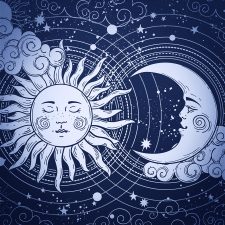
A full moon is when the Sun and the Moon are facing opposite, being in opposite direction from an Earth perspective.
This might feel astonishing if one imagines that the Moon is on one side, the Sun on the other and the Earth in between? Shouldn’t the Earth throw a shadow onto the Moon? Bingo – this is exactly what she does! But only when the Moon is exactly on the Earth orbit, the so called “ecliptic”. When this takes place, we speak of a lunar eclipse!
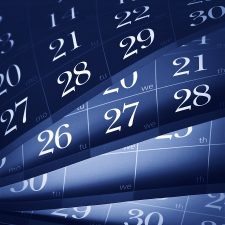
The Moon needs 27.33 days to circle around the Earth. Something that is also referred to as “sidereal time”. But because the Earth orbits the Sun, just like the Moon orbits the Earth, the Moon has to travel two further days in order to resume the same position to the Earth and Sun. This is then called the “sidereal time”. In order to determine the point of time of the reoccurring full moon, the sidereal time serves as basis.
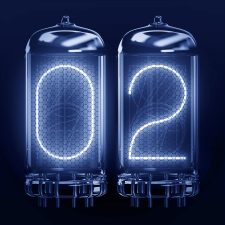
We already know now that the moon month is mostly shorter than the calendar month, being on average approximately 29.5 days. If full moon falls on the first or second of a month, it is possible that another full moon occurs in the same month, for instance in July 2004:
Friday, 2 July 2004, 01:08:54 pm
Saturday, 31 July 2004, 08:05:06 pm
This event is also known as “blue moon”.
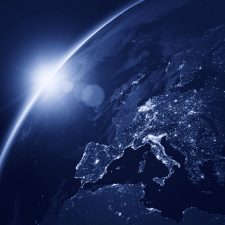
The answer is: “everywhere at the same time”. This refers to the so called Universal Time (UT) though, which is used for general astronomical events. We have already learnt that full moon is an astronomical event, where the moon, sun and the earth play a role by being in a specific position. So, full moon takes place at a specific time in the outer space. This point of time is specified by astronomers namely by the Universal Time.
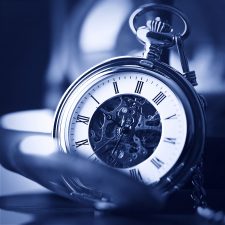
There are multiple ways of approaching this question. If we look at it from a purely theoretical standpoint, we might be tempted to say that the full moon is infinitely short, since the phases of the moon are changing continuously. The moon is not yet quite full shortly before the full moon, and is already waning shortly afterwards.
However, there is a practical aspect that lets us quantify the full moon as a finite and measurable span of time: Since the Sun is significantly bigger than the Moon, its rays are able to reach just a little over half of the Moon’s surface. This means that the timespan in which the visible side of the Moon’s surface is irradiated (as seen from Earth) is longer than infinitely short.

Whether scientists, astrologers or esoterics, they agree on one thing: the moon influences earth and life on earth. For instance, it regulates the tides through its magnetism. Also continents feel the consequence of this magnetism and either raise or lower their position sometimes up to 26 cm.

In nature it is a known fact: for some animal species, mating takes place at full moon. However, the examples that can be found on this subject are rather simple. Full moon serves in some cases indirectly as the cause (for instance through the high water levels during the tides that the horseshoe crab uses to deposit its eggs) or also as the signal for both sexes of a species to begin at the exact same time to safeguard their future existence (a particular type of fly or also corals). It is understood that also wolves are led by full moon when it is time to mate.

… that people are looking for an argument at full moon or are especially happy …
… that if full moon is surrounded by a haze, a person dies …
… that you raise your hat three times to the moon (being a man) or you make a curtsey (being a woman), in order to protect yourself from misfortune until the next full moon …
… that whoever does not chink glasses with full moon at least once, does not deserve any happiness [Greek toast] …
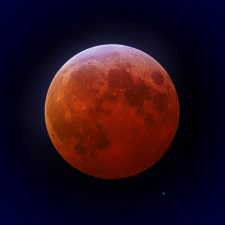
During a lunar eclipse, the Moon moves through the shadow of the Earth. Which means, that the Earth is positioned quite exactly between the Sun and Moon and casts its shadow onto the Moon. This is only possible at full moon and if some other requirements are met. Depending on whether the moon passes the partial or the core shadow of the Earth, we speak of a partial or total lunar eclipse.
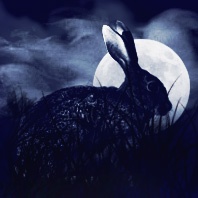
Have you ever seen a face or shape of an animal in passing by clouds? This tendency of our perception to find structures within an image or a pattern, is called pareidolia (derives from Greek eidolon = picture). Essentially, this is a misperception where we see objects changing subjectively. But this can also be so much fun and inspire our fantasy to search for these shapes and to find them. Children, in particular, are known to be true masters of this game.

Looking at the Moon, you can recognise the spots on the surface with the naked eye, which are termed lunar maria and have always been inspiring people’s imagination. It is actually molten rock that rose to the surface during the origin of the Moon and then hardened. If looked at closer and using a telescope as an aid, you are able to make out mountains and valleys and a large amount of craters. In short: they are landscapes that give our Moon its face.

Especially, because many people report that they are a bit
»out of it« at the full moon, it seems natural to think that more accidents could happen during this time. There are several studies [*], which have carefully examined both, the full moon and also other moon phases with the continuous identical result: no recognisable correlation between the moon events and accidents.

Today is the last day of 2012 and we asked ourselves when there has been or will be a full moon in the past or the future at the turn of the year. What a fascinating picture, if you are imagining also the full moon next to the firework welcoming the New Year. The spectacle of humans meets the eternal beauty of the universe …
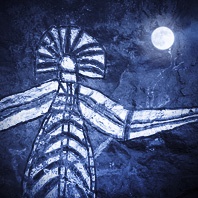
In Australia, the “southern land” (lat. terra australis), full moon has been shining for millennia for its natives, the Aboriginal and Torres Strait Islander people. According to estimates they inhabit this continent since more than 50,000 years, while Europeans only began to settle there 200 to 400 years ago. We would like to make a connection to the full moon, which is very much part of this fascinating culture, who, like many others, had to endure many wrongs during the course of more recent history.

A 3D Printer is a device with which you can print three-dimensional objects. This may initially sound strange, but will become obvious once you know that the objects can be built in layers. The printer applies the relevant materials instead of ink (i.e. plastic) and consequently forms the result.
Because these printers are now available for consumers at normal prices, in the future, we will purchase merely printing data instead of the product. So this trend actually moves away from mass-market productions and towards individualized items.

The tarot is a pack of playing cards that is used for mystical interpretations. It has a long tradition, possibly dating back to the ancient Egyptian time. Playing cards started to circulate in Europe at around the 14th and 15th century, among them also the so called “tarock” (in Italian “tarocchi”), which is considered to be the predecessor of what is now known as tarot, and still today established independently as a game of cards.
Over time, the symbolism and interpretation begins to move to the forefront and the cards become a popular tool for mystics and fortune tellers.

Peter Bradley Adams is an American singer-songwriter, who has managed amid the flood of commercial songs and loud beats, to tell his own story – with a warm voice and quiet sounds.
His song “Full Moon Song” from 2011 is one of those stories. According to his own statement, this song came to fruition after a short stay in prison (from which he did not break out as stated in the lyrics, but was released on bail). He talks about freedom that now becomes significant to him and makes a new life possible. He wants to see the world through the eyes of a child and experience love without fear of losing something.

Our article “Fishing during a full moon” has already indicated the discussion about whether moonlight might influence the behavior of fish. Now we have found a study, which was conducted by Australian scientists in 2013, who have examined the diving behavior of 39 gray reef sharks in Palau (an island country in the Pacific Ocean), namely with regards to environmental influences, like water temperature and also lunar happenings, in particular the full moon and the new moon. They tagged the sharks with transmitters and thus were able to measure where and how deep they dived during certain times.

The Belgium painter René Magritte (1898–1967) was next to Salvador Dalí, one of the most influential painters of surrealism. This denotes a style in art (and in other areas), which has tried to use dreamlike, fantastical and absurd elements as techniques of expression for a new superior reality, since the 1920s.